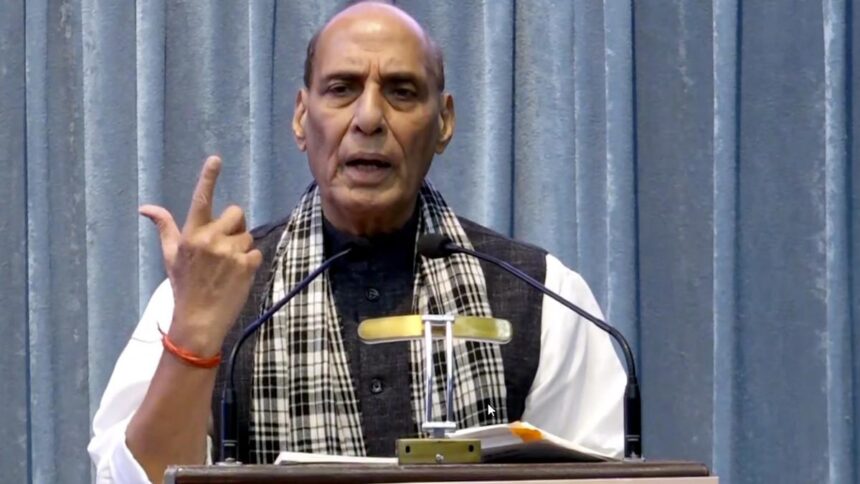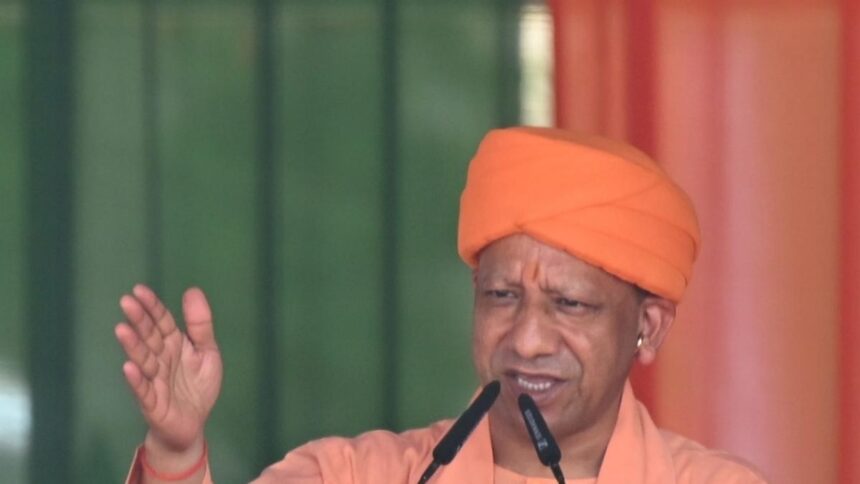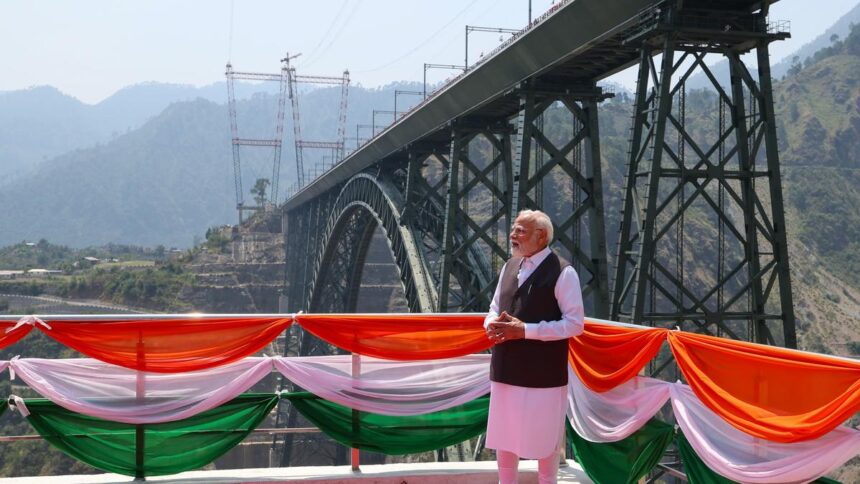
A general view of Supreme Court in New Delhi on July 16, 2025.
| Photo Credit: SHASHI SHEKHAR KASHYAP
Timely justice is a cornerstone of public trust in the legal system, as captured by the classic maxim ‘justice delayed, is justice denied’. Prolonged delays often deter people from approaching courts. Last year, President Droupadi Murmu termed this hesitation the ‘black coat syndrome’.
Although this has been a perpetual issue in India, the scale is now striking. Over 86,700 cases are pending in the Supreme Court (SC), over 63.3 lakh cases in High Courts (HCs), and 4.6 crore cases in district and subordinate courts. Added up, the total number of pending cases in India amounts to more than 5 crore as shown in the chart below.
While the principal actors in the judicial process — judges, lawyers, litigants and witnesses — generally act in good faith and with rational intent, their functioning is often hindered by structural bottlenecks, procedural delays, and systemic constraints. These constraints in case resolution arise from several interlinked factors, including inadequate infrastructure and court staff, complex case facts, the nature of evidence, and degree of cooperation from key stakeholders. Delays are exacerbated by the lack of mandated timelines for different case types frequent adjournments, and weak mechanisms to monitor, track, and bunch cases for hearing. A major contributor is the absence of effective case management and scheduling, with no clear timelines for filings, witness examinations, or hearings.
An analysis of the justice delivery timeline in Indian courts reveals stark disparities across court levels and case types, as shown in the chart below.
Criminal cases, generally considered as offences against the State, are resolved faster than civil ones, such as property, family or contractual disputes at every tier. HCs lead by disposing of 85.3% criminal cases within a year, followed by the SC at 79.5%, and district courts at 70.6%. The real concern lies in civil litigation at the district level, which handles the bulk of India’s pending cases, where only 38.7% civil cases are resolved within a year, and nearly 20% stretch beyond five years. This means that courts serving the most litigants are the least equipped to ensure timely justice.
Although the judiciary and the government consistently introduce various reforms, a major systemic cause of judicial delay is the persistent gap between the sanctioned and actual strength of judges across courts, as shown in the chart below.
India’s judiciary functions at just 79% of its capacity. Out of 26,927 sanctioned posts, 5,665 are vacant, resulting in overwhelming workloads. District and subordinate courts, which handle the bulk of litigation, have a sanctioned strength of only 25,771 judges, averaging 18 judges per 10 lakh population. India operates with just 15 judges per 10 lakh population. Even at full sanctioned strength across all courts, it would reach only 19 judges per 10 lakh population — far below the 1987 Law Commission’s recommendation of 50.

Alongside broader legal and procedural reforms, alternative dispute resolution offers a promising way forward to ease the burden on traditional courts and deliver quicker, more affordable, and citizen-friendly justice. Mechanisms such as mediation, arbitration, and Lok Adalats provide flexible alternatives for resolving disputes outside the traditional courtroom. The success of National Lok Adalats, which are organised simultaneously in all taluks, district courts, and HCs on a pre-fixed date is evident from the chart below: between 2021 and March 2025, they resolved over 27.5 crore cases, including 22.21 crore pre-litigation and 5.34 crore pending court cases.
Published – July 30, 2025 08:00 am IST





















